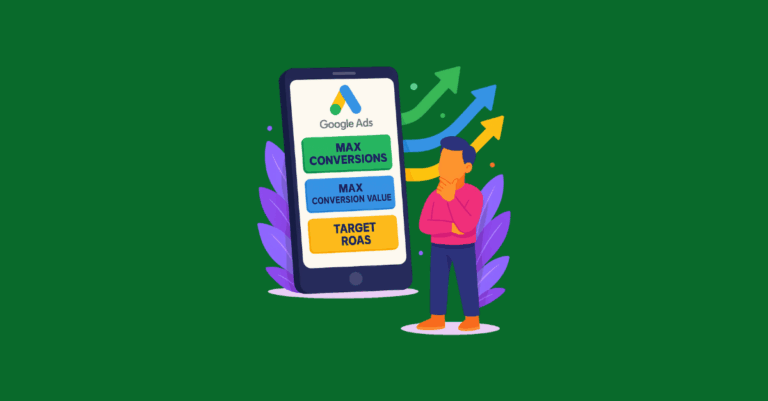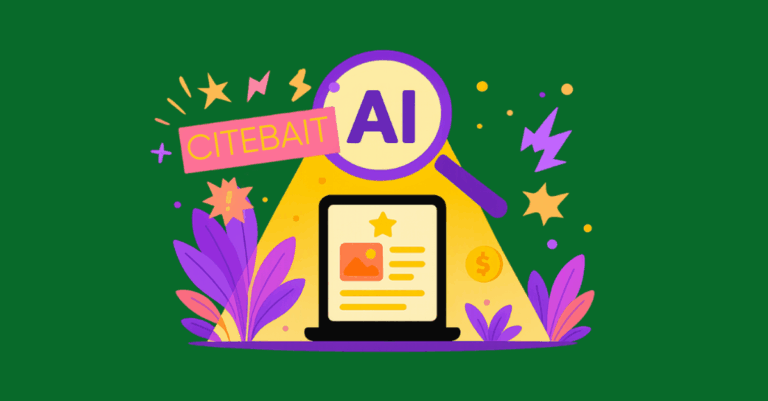Bridging the Data Divide: Fixing Fragmentation in Cross-Channel Marketing Campaign Attribution
Without a unified view of data, you’re wasting budget and misunderstanding what truly drives growth in cross-channel marketing campaigns.

Without a unified view of data, you’re wasting budget and misunderstanding what truly drives growth in cross-channel marketing campaigns.

SEO growth isn’t linear—it’s a feedback loop. Learn how to fix broken content processes, and build a continuous system that keeps your content visible in the AI era.

With other pressing responsibilities, it’s easy for internal linking to take a backseat. Remember, it’s a UX benefit and not just for SEO.

Hreflang in SEO is a signal that helps search engine crawlers understand alternate versions of a page for audiences in different languages.

We’re challenging you to choose which type of PPC bidding strategy you think would help you best reach the goal outlined in our examples.

AI is exploding in Paid Media Services; however, AI still needs human guidance when it comes to managing paid ads. Here’s why.

It’s not just about matching keywords anymore; it’s about understanding the deeper meaning and intent behind a search.

Is your brand ready to advertise on Connected TV? Let’s walk through what you need to know about CTV, and what it takes to get started.

Is Google busy crawling thousands of low quality useless pages? Learn how to find out if your crawl budget is clogged up & fix it!

Discover how to win in the AI Citation Economy. Learn why citebait—original, structured, factual content—is the new SEO strategy for getting cited in AI Overviews and LLM search results.

How does natural language processing work, and how does it impact the search of today’s Google landscape?

If your content simply summarizes what already exists online, it’s no wonder your clicks are down. Pivot your SEO strategy to outsmart AIOs.